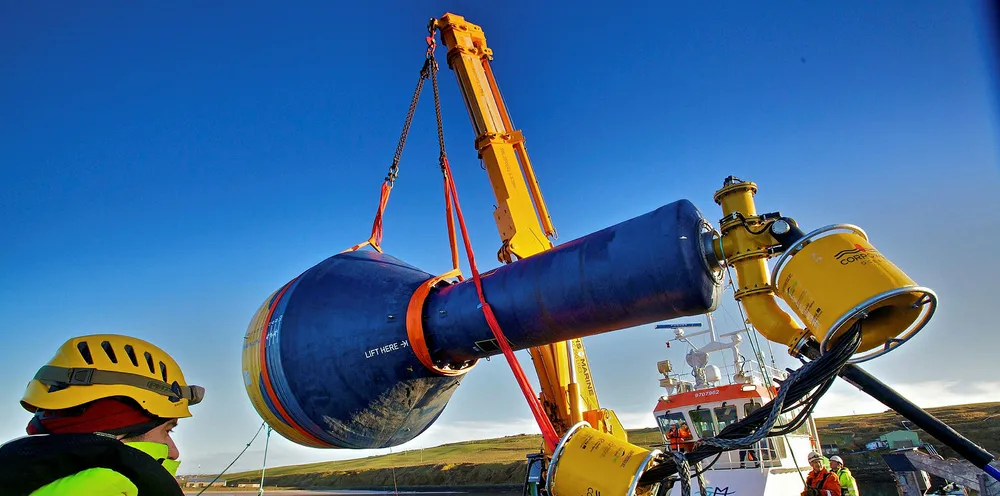Industrial wave power off Portugal 'by 2023' as flagship array hub unveiled
Ocean energy R&D and manufacturing base in Viana de Castelo will kick-off with CorPower HiWave-5 project

Ocean energy R&D and manufacturing base in Viana de Castelo will kick-off with CorPower HiWave-5 project
